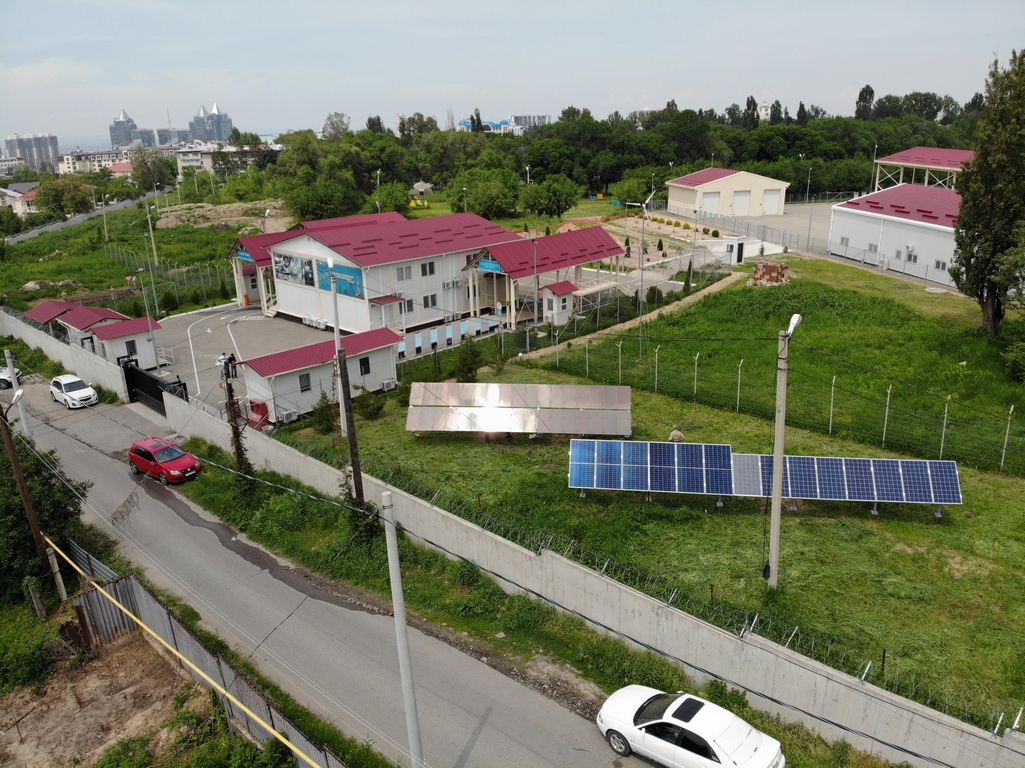
Would you like to receive clean energy from your own solar panel? How to do it, where to start? And who can support you in this? Yerlan Dairbekov, expert of the UNDP-GEF project “Reducing the risks of investing in renewable energy sources” will explain how this dream may come true.
ABOUT THE PROJECT

- Yerlan, I’m very glad to talk with you! Recently, a lot of things have been done in Kazakhstan for the development and promotion of renewable energy sources. And your project also contributes a lot to it. Please tell us more about this.
- Our project, “Reducing the Risks of Investing in Renewable Energy Sources,” has been implemented in Kazakhstan since 2018. This is a joint initiative of UNDP-GEF and the Ministry of Energy of the Republic of Kazakhstan. The key partners of the project are the Ministry of Energy of the Republic of Kazakhstan, LLP “Financial Settlement Center of RE”, KOREM, and renewable energy industry associations. The project will be completed in 2022.
The project provides incentives for the development of both large-scale renewable energy projects (solar and wind power plants) and small-scale renewable energy projects. For example, solar panels for heat, domestic hot water and electric energy, small biogas and wind stations. They are used by households, peasants and farmers, small and medium-sized businesses.
The project budget is $ 4,610,000. Of these, $ 2,000,000 will be used to stimulate the use of renewable energy technologies by small and medium-sized businesses. This happens through financial mechanisms and tools that have already been implemented and are available with the support of “Damu”.
- Yerlan, and what kind of support do you render to SMALL RES projects in Kazakhstan?
- 70% of the project activity is aimed at stimulating the development of small-scale renewable energy projects.
Here you can note the global trend of the last 3-5 years. For example, in Germany, more than 50% of all solar stations are small (up to 30 kW) and medium (up to 700 kW) systems installed mainly on the roofs of private houses, as well as in business enterprises.
The project team, together with the experts involved, has developed a number of recommendations for the law on renewable energy support. They are aimed at stimulating the widespread use and application of renewable energy technologies by households, peasants and farmers, and small and medium-sized businesses.
The suggested recommendations are based on international experience. They come down to various kinds of incentives and subsidies for these categories.
Additionally, a methodology will be developed to include small-scale renewable energy projects in the carbon trading system and technical standards / regulations for renewable energy technologies.
Within the framework of the project, this year it is planned to conduct a technical analysis on the example of a specific network organization for connecting to medium and lower voltage class networks. The results of the analysis will be available to all interested parties.
In addition to institutional support, we also provide financial support to small and medium-sized businesses, peasants and farmers through mechanisms for subsidizing bank interest rates and investment subsidies (subsidizing part of the capital costs of the cost of the installation itself) together with the project partner “Damu”.
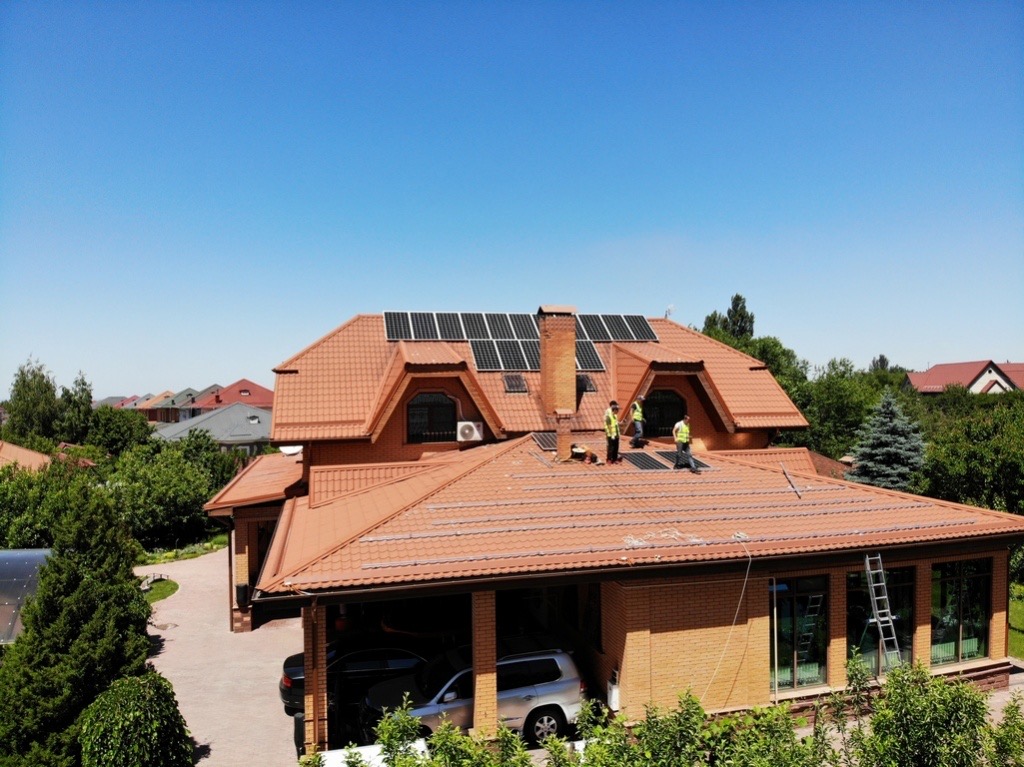
- Please tell us more about this.
The mechanism is quite simple. The project applicant (borrower) applies to the financing organization for preliminary study of the issue of obtaining a loan for the implementation of the project. After that, the applicant applies to “Damu” for a program grant. At the same time, the financing organization has clear and simple criteria for classifying incoming projects as subsidizing mechanisms.
For example, we have now received an application from a business that plans to build a solar power station with a capacity of up to 1000 kW (estimated annual output is 1,314,000 kWh, for comparison, the annual average consumption of 1 household is 2,000-2500 kWh). This station will supply electrical energy for the needs of the nearby greenhouse and steel processing plant. And thereby it will allow these enterprises to save on the cost of purchasing electric energy from the network. (This project is being implemented in the Turkestan region, where the tariff for legal entities is about 25 tenge per 1 kWh).
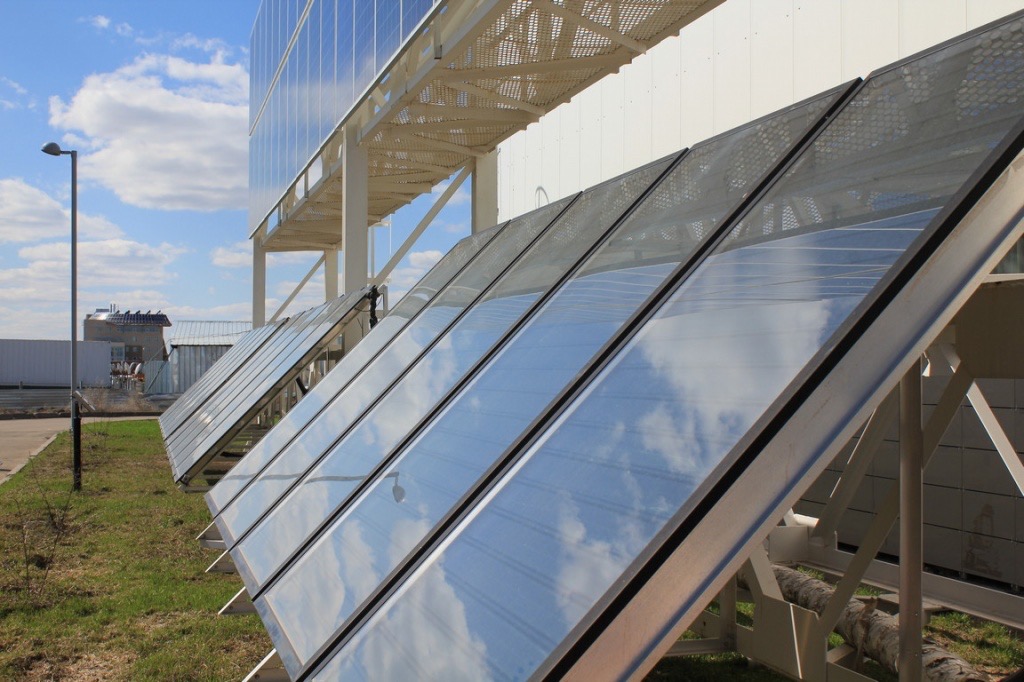
- Are there people ready to put renewable energy sources on the roofs of their houses, greenhouses, etc. right now?
- At the moment, it all depends on the final cost of electrical energy. And its cost in Kazakhstan depends on the region. For example, in Shymkent, as well as in the Turkestan region, small and medium-sized businesses are already interested in using solar PV panels. This reduces the consumption of electrical energy from the network. Allows you to reduce your costs associated with paying for electricity to sales companies.
The use of solar collector technology for the production of hot water and heating in the south is beneficial now. Because in this region, solar irradiation is at the level of countries located around the Mediterranean Sea.
In addition, installation / maintenance of renewable energy is also a development of SMEs. I am glad that companies providing such services are already on the market. They install and maintain solar power plants - grid, non-grid and solar collectors.
These are the so-called autonomous solar power plant kits, which are a “solutions in boxes". In other words, there is a complete set for a mini-station: photovoltaic modules, cables, inverter, support structures for power supply or solar collectors for hot water supply and heating. The companies provide a full service for installation, maintenance, equipment warranty.
The widespread introduction of small renewable energy facilities is beneficial not only to the population and business, but also to the state. These facilities can be taken into account in statistics on the reduction of CO2 emissions within the framework of accepted international obligations.
But, most importantly, the introduction of small RES will significantly improve the quality of life of the population. There are still schools without hot water and basic sanitation in the building itself. In large quantities, coal is used by the population for heating. And it is still used by social facilities located outside the central heat supply territories. It also creates additional inconvenience. The use of renewable energy technologies will partially solve this issue.
Already, we see a great potential for the use and application of small-scale renewable energy technologies. Especially peasant and farm enterprises, small and medium enterprises. Every year, with rising tariffs, the use of renewable energy technologies becomes economically viable.
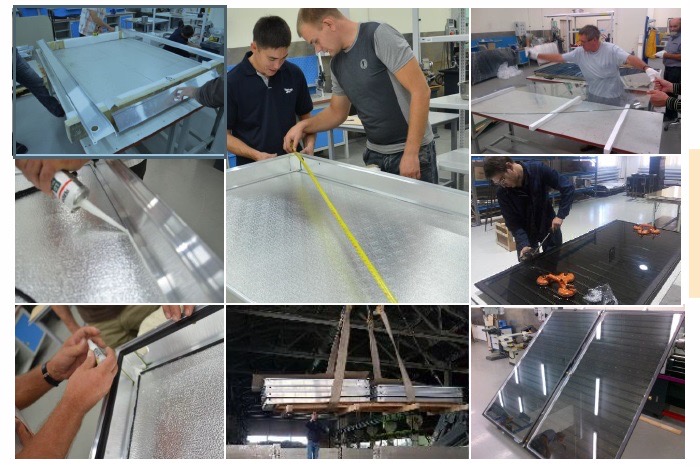
- Is there a website where everyone could learn how to become completely autonomous in terms of electricity?
- The project team began to develop an ONLINE CALCULATOR. On this device, anyone can calculate the required power of solar panels / collectors to meet their own energy needs.
It is also planned to place contact details of companies providing services for the installation of these panels and collectors.
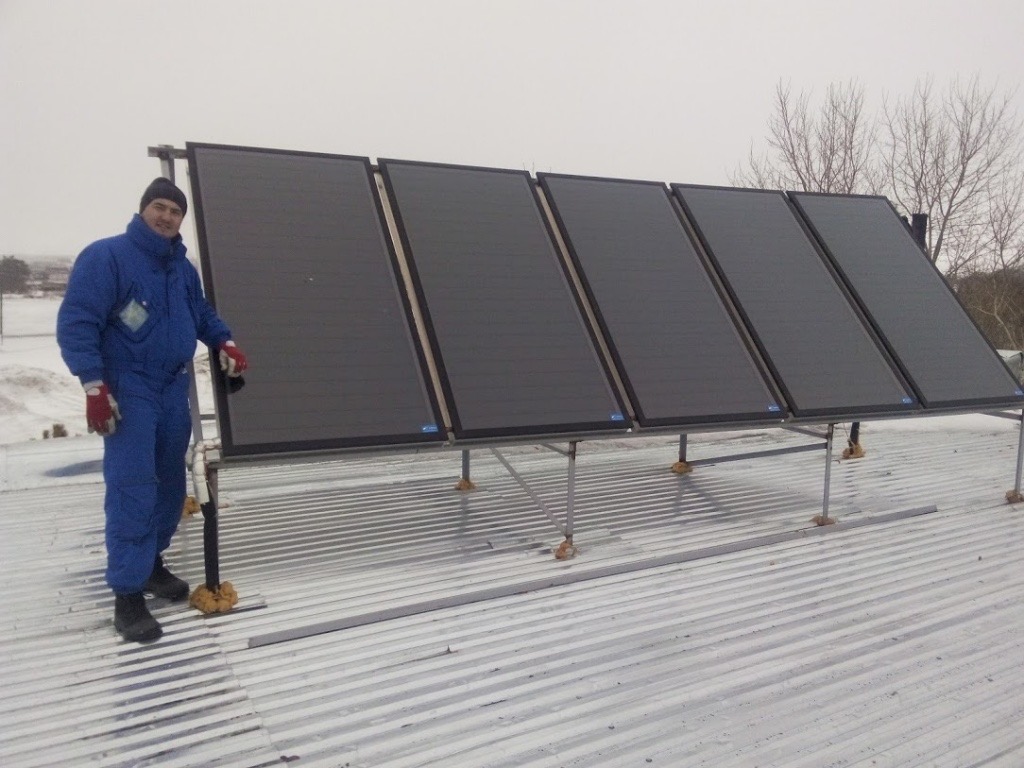
- It is wonderful! And why do we need SUNNY ATLAS and how to use it?
- SUNNY ATLAS is a tool that allows you to calculate the maximum energy production: electric or thermal. This tool is needed more for designers / professionals in the renewable energy sector. But it can also be interesting for citizens. It gives an understanding of the enormous potential of free solar energy in Kazakhstan.
We see that the most popular technologies will be solar PV panels and solar collectors for domestic hot water. Given the data of the solar atlas, these technologies will be used by all market participants in small-scale renewable energy projects everywhere. In the southern regions, these technologies are more effective than in the northern regions. Nevertheless, solar insolation allows the use of these technologies in the north of the country.
The Solar Atlas was developed by a previous UNDP project. It is also based on various data on solar irradiation, including NASA data. The potential of solar energy is 3000 hours per year.

- Please tell us about your support for LARGE RES projects in Kazakhstan.
- In 2019, we developed pre-design technical documentation for the construction of a 50 MW SES. The site is located in the Turkestan region near the village of Shaulder. The documentation included the main technical parameters of the project, namely:
• connection point
Technical information was presented for study by interested investors and developers of renewable energy projects 3 months before the date of the auction.
This practice was proposed by the project team based on international analysis and experience in conducting RES auctions. This allows you to identify and remove most of the possible technical risks at the initial stage of the study of the project. This ultimately allows you to reduce the proposed price for 1 kWh of "green" electricity as much as possible. That is exactly what happened during the auction on November 27, 2019.
It is important to emphasize that the Ministry of Energy is interested in continuing to prepare similar auctions in the future and this year the Ministry of Energy together with LLP “Financial Settlement Center of RE” proposed 2 potential sites for 20 MW SES projects, each, according to a similar scheme: the schedule of renewable energy auctions on the website.
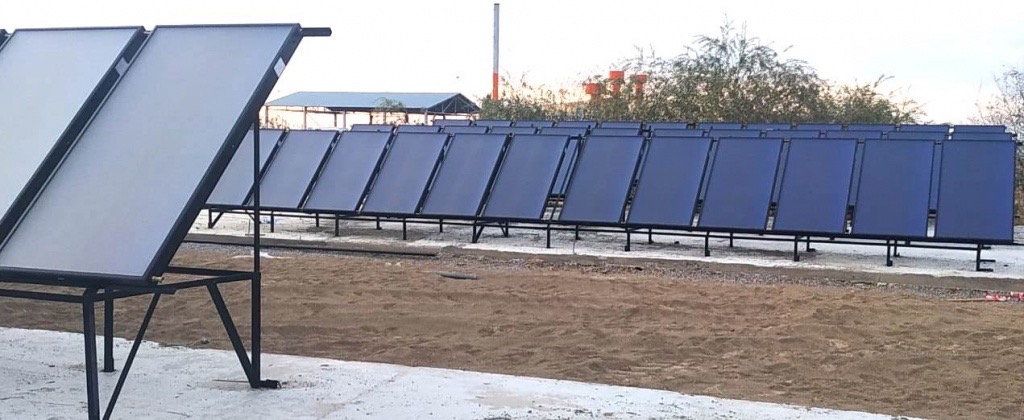
- What does RES potential mean, how was it calculated for our country?
Potential is a theoretically proven possibility of producing energy, for example, using wind energy. UNDP calculated the wind potential in a previous project based on physical measurements of wind speeds at various geographical locations in the country. For the study covered almost the entire territory. Analysis and interpretation of the data was carried out by a specialized international consulting company.
The theoretical potential for wind generation is 920 billion kWh annually. And this is considerably greater than current production and consumption of electricity.
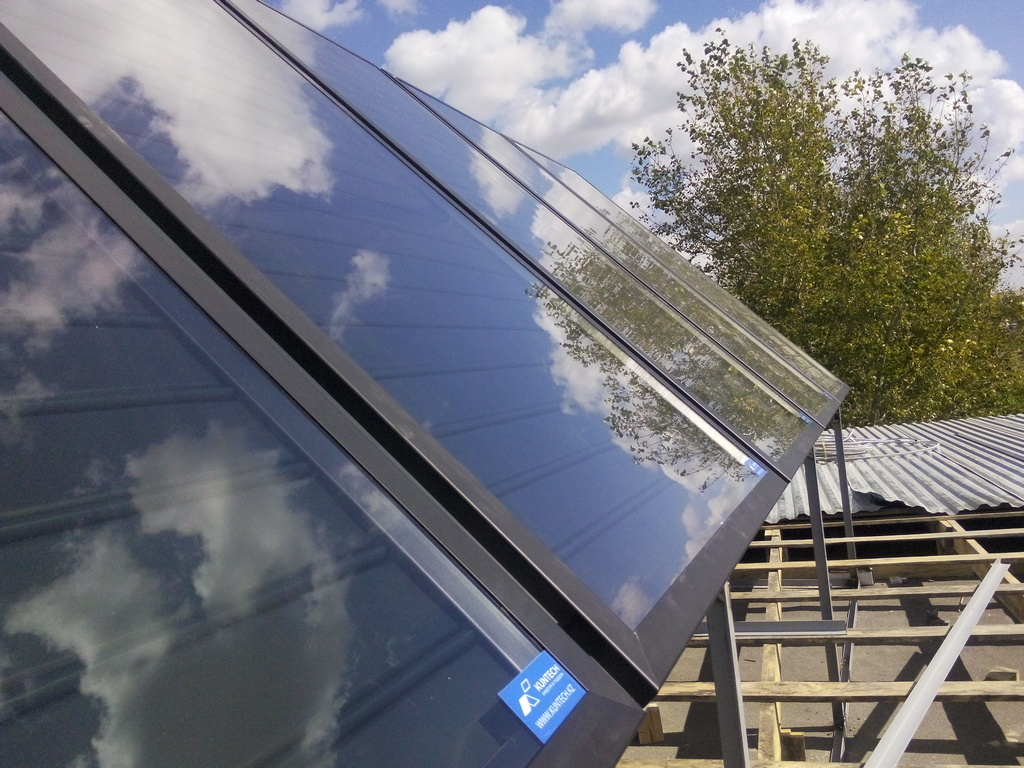
Photo: Abdulla Ushurov, Diyaz Baiseitov.
_________________
Climate Change Adaptation and Mitigation Program for Aral Sea Basin
